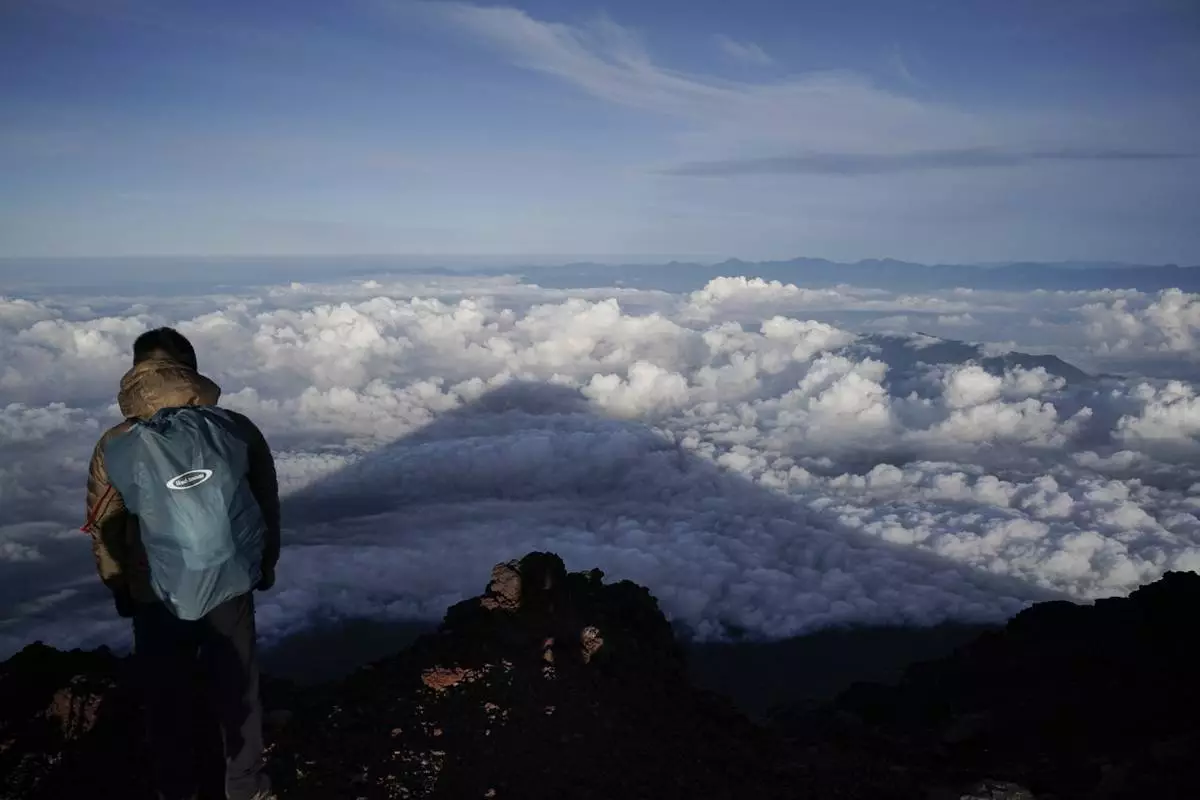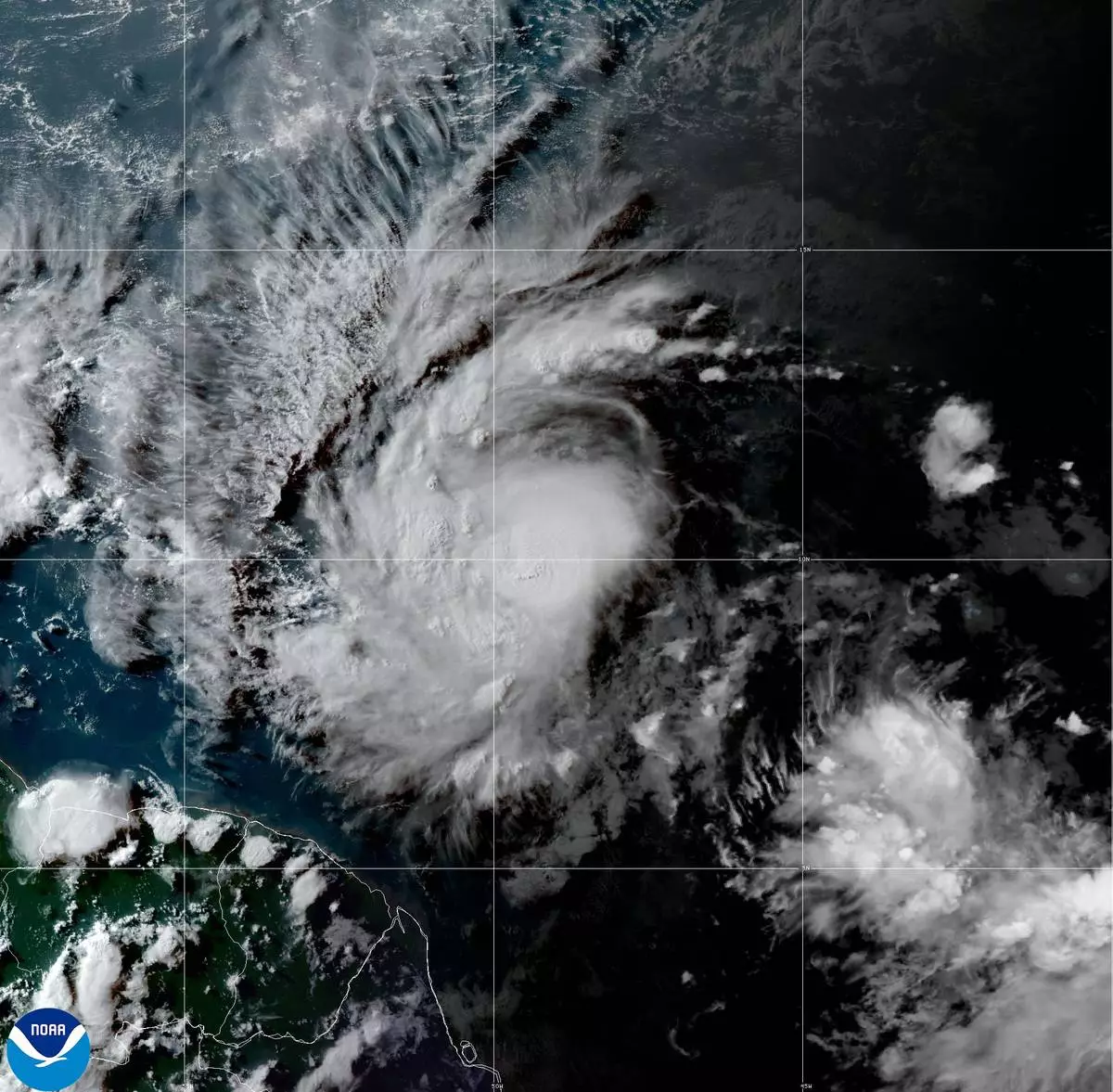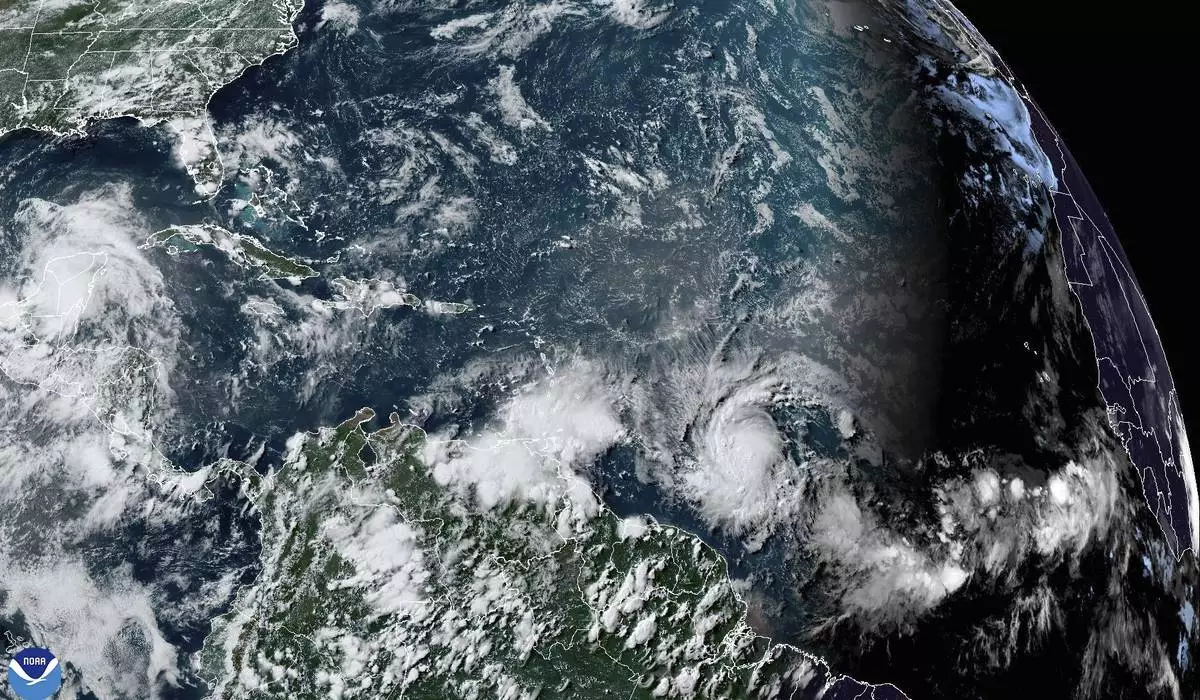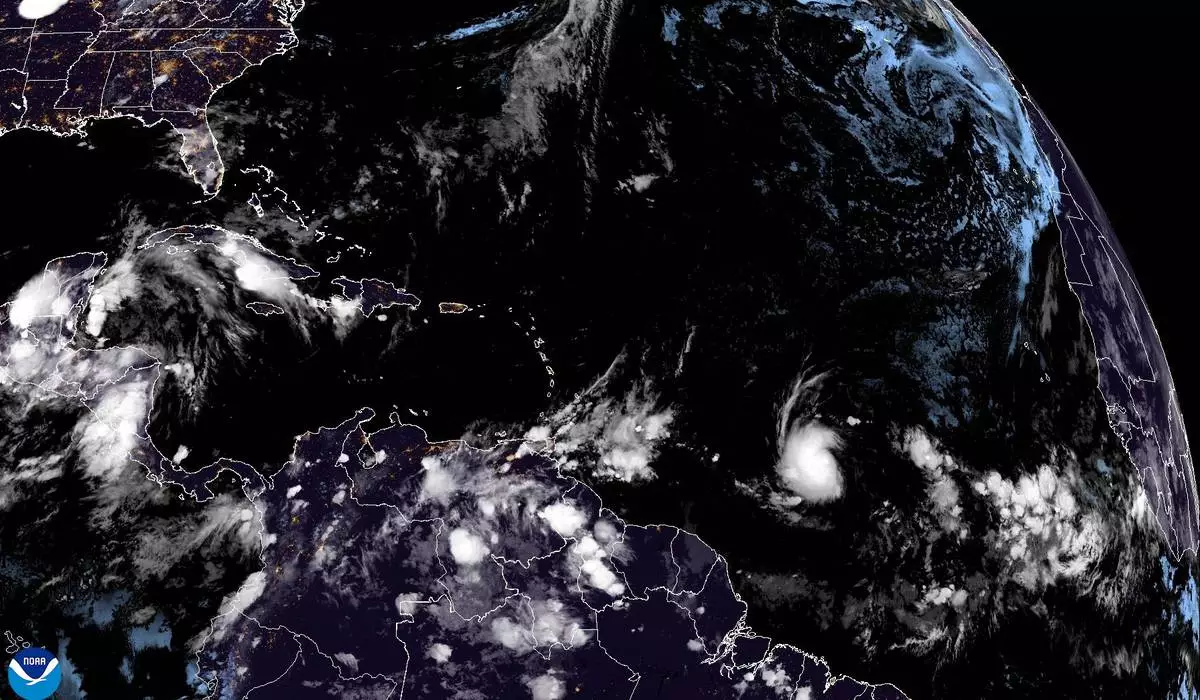TOKYO (AP) — Three bodies were found inside a crater at the summit of Mount Fuji, Japan’s most famous mountain, with one of them already brought down from the slopes, police said Thursday.
The identities of the people, including gender or age, were not confirmed. An effort to bring back the two other bodies will continue Friday or later, depending on weather conditions, they said. A search was called off for Thursday because of forecasts for heavy rainfall.
It’s unclear whether the three people were climbing the 3,776-meter (12,388-foot) mountain together, as the bodies were found several meters apart.
The official climbing season had not yet started when the climbers entered the mountain from the Shizuoka Prefecture side.
Japanese media reports showed a vehicle with one of the bodies driving into a police station in Shizuoka Prefecture. The rescue team had been searching for a 53-year-old man for whom a missing person report was filed.
Separately, Kyodo News service said professional climber Keita Kurakami, 38, died in a hospital after being found by police while climbing Fuji from the Yamanashi Prefecture side of the mountain.
Fuji can be climbed from both Yamanashi and Shizuoka prefectures. The climbing season kicks in for Yamanashi starting July 1.
Mount Fuji, made famous in ukiyoe, or woodblock prints, of 18th and 19th Century Edo Era masters Katsushika Hokusai and Utagawa Hiroshige, is a popular tourist destination.
Experts warn it can get extremely cold, even in the summer, and proper gear, climbing boots and clothing are crucial. Trekkers are also at risk of altitude sickness if they ascend too quickly.
The picturesque Fuji has long been an iconic symbol of Japan, with its gracefully sweeping slopes and white icy cap that stand out amid tranquil lakes and rice fields.
As many as 300,000 people climb Fuji every year, and watching the sunrise from the mountaintop is coveted as a spiritual experience. But worries have been growing lately about overcrowding from the influx of tourists.
The town of Fujikawaguchiko in Yamanashi erected a large black screen along a sidewalk to block the view of Mount Fuji to discourage photo-snapping crowds.
Yuri Kageyama is on X: https://twitter.com/yurikageyama

FILE - The shadow of Mount Fuji is cast on clouds hanging below the summit Aug. 27, 2019, in Japan. Three bodies were found inside a crater at the summit of Mount Fuji, Japan’s most famous mountain, with one of them already brought down from the slopes, police said Thursday, June 27, 2024. (AP Photo/Jae C. Hong, File)
SAN JUAN, Puerto Rico (AP) — Beryl strengthened into a hurricane on Saturday as it churned toward the southeast Caribbean, with forecasters warning it was expected to become a dangerous and major storm before reaching Barbados late Sunday or early Monday.
A major hurricane is considered a Category 3 or higher, with winds of at least 111 mph (178 kph). At the moment, Beryl is a Category 1 hurricane, marking the farthest east that a hurricane has formed in the tropical Atlantic in June on record, breaking an old record set in 1933, according to Philip Klotzbach, Colorado State University hurricane researcher.
A hurricane warning was issued for Barbados, and a hurricane watch was in effect for St. Lucia, Grenada, and St. Vincent and the Grenadines, while a tropical storm watch was issued for Martinique, Dominica and Tobago. Hurricane watches were in effect for Barbados, St. Lucia, Grenada, and St. Vincent and the Grenadines, while a tropical storm watch was issued for Martinique, Dominica and Tobago.
“It’s astonishing to see a forecast for a major (Category 3+) hurricane in June anywhere in the Atlantic, let alone this far east in the deep tropics. #Beryl organizing in a hurry over the warmest waters ever recorded for late June,” Florida-based hurricane expert Michael Lowry posted on X.
Beryl's center is forecast to pass about 26 miles (45 kilometers) south of Barbados, said Sabu Best, director of the island's meteorological service's director.
On Saturday, Beryl was located about 720 miles (1,160 kilometers) east-southeast of Barbados, with maximum sustained winds of 75 mph (120 kph). It was moving west at 22 mph (35 kph).
“Rapid strengthening is now forecast,” the Miami-based National Hurricane Center said.
Atmospheric science researcher Tomer Burg noted that Beryl was just a tropical depression with 35 mph winds on Friday.
“This means that according to preliminary data, Beryl already met rapid intensification criteria before even becoming a hurricane,” he wrote on the social media platform X.
Warm waters are fueling Beryl, with ocean heat content in the deep Atlantic the highest on record for this time of year, according to Brian McNoldy, University of Miami tropical meteorology researcher.
Beryl also is the strongest June tropical storm on record that far east in the tropical Atlantic, according to Klotzbach.
“We need to be ready,” Barbadian Prime Minister Mia Mottley said in a public address late Friday. “You and I know when these things happen, it is better to plan for the worst and pray for the best.”
She noted that thousands of people are in Barbados for the Twenty20 World Cup cricket final, with India beating South Africa on Saturday in the capital of Bridgetown. It is considered cricket's biggest event.
Some fans, like Shashank Musku, a 33-year-old physician who lives in Pittsburgh, were rushing to change their flights to leave before the storm.
Musku has never experienced a hurricane: “I don’t plan on being in one, either.”
He and his wife, who were rooting for India, found out about Beryl thanks to a taxi driver who mentioned the storm.
Meanwhile, St. Vincent and the Grenadines Prime Minister Ralph Gonsalves said in a public address Saturday that shelters will open Sunday evening as he urged people to prepare. He ordered officials to refuel government vehicles, and asked grocery stores and gas stations to stay open later before the storm.
“There will be such a rush …if you keep limited hours,” he said as he apologized ahead of time for government interruptions on radio stations with storm updates. “Cricket lovers have to bear with us that we’ll have to give information ... this is life and death.”
Beryl is the second named storm in what is predicted to be a busy hurricane season, which runs from June 1 to Nov. 30 in the Atlantic. Earlier this month, Tropical Storm Alberto came ashore in northeast Mexico with heavy rains that resulted in four deaths.
Lowry noted that only five named storms on record have formed in the tropical Atlantic east of the Caribbean. Of those, only one hurricane of record has formed east of the Caribbean in June.
Mark Spence, manager of a hostel in Barbados, said in a phone interview that he was calm about the approaching storm.
“It’s the season. You can get a storm any time,” he said. “I’m always prepared. I always have enough food in my house.”
The National Oceanic and Atmospheric Administration predicts the 2024 hurricane season is likely to be well above average, with between 17 and 25 named storms. The forecast calls for as many as 13 hurricanes and four major hurricanes.
An average Atlantic hurricane season produces 14 named storms, seven of them hurricanes and three major hurricanes.
Beryl is expected to drop up to six inches (15 centimeters) of rain in Barbados and nearby islands, and a high surf warning of waves up to 13 feet (4 meters) was in effect. A storm surge of up to seven feet (2 meters) is also forecast.
The storm is approaching the southeast Caribbean just days after the twin-island nation of Trinidad and Tobago reported major flooding in the capital, Port-of-Spain, as a result of an unrelated weather event.
Meanwhile, a no-name storm earlier this June dumped more than 20 inches (50 centimeters) of rain on parts of South Florida, stranding numerous motorists on flooded streets and pushing water into some homes in low-lying areas.

This National Oceanic and Atmospheric Administration satellite image taken at 4:50pm EDT shows hurricane Beryl as it strengthens over the Atlantic Ocean and churns toward the southeast Caribbean on Saturday, June 29, 2024. (NOAA via AP)

This National Oceanic and Atmospheric Administration satellite image taken at 4:20pm EDT shows hurricane Beryl, lower center right, as it strengthens over the Atlantic Ocean and churns toward the southeast Caribbean on Saturday, June 29, 2024. (NOAA via AP)

This National Oceanic and Atmospheric Administration satellite image taken at 3:10am GMT shows tropical storm Beryl, lower center right, as it strengthens over the Atlantic Ocean on Saturday, June 29, 2024. The storm could strengthen into the year's first hurricane before it reaches the Caribbean Sea early next week. (NOAA via AP)













